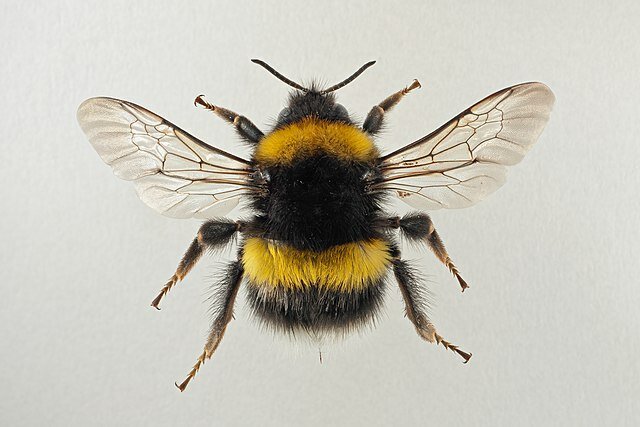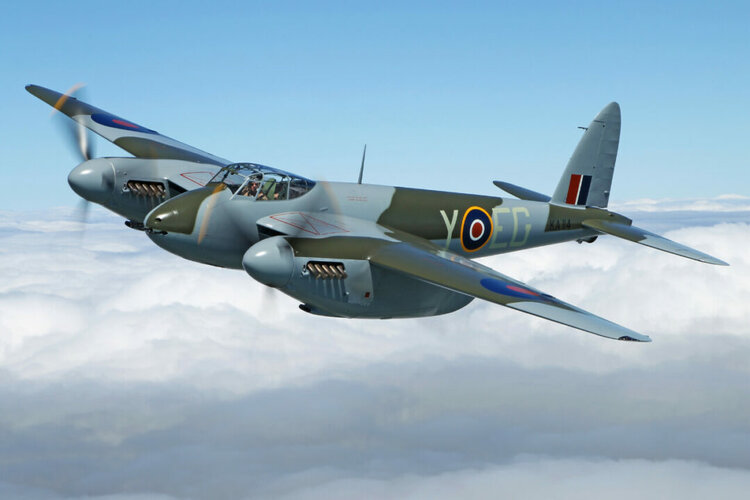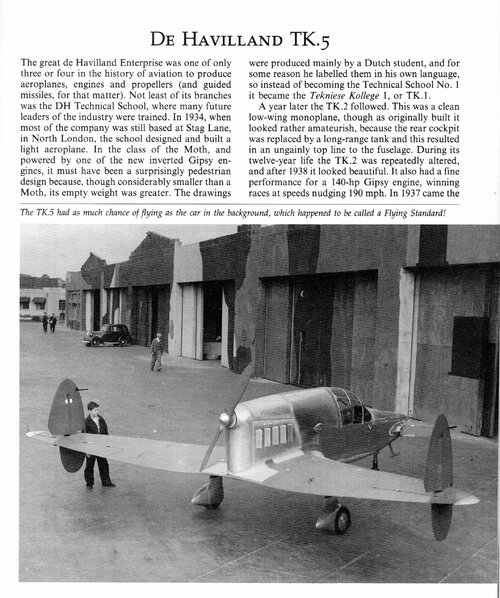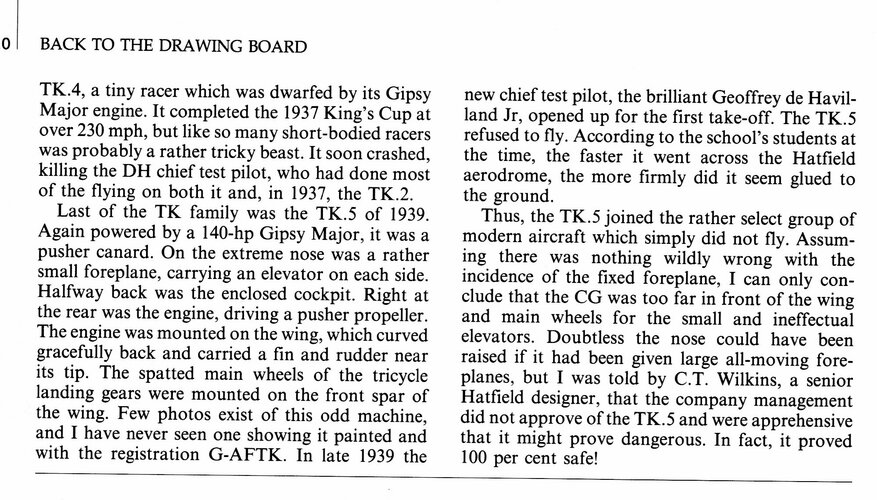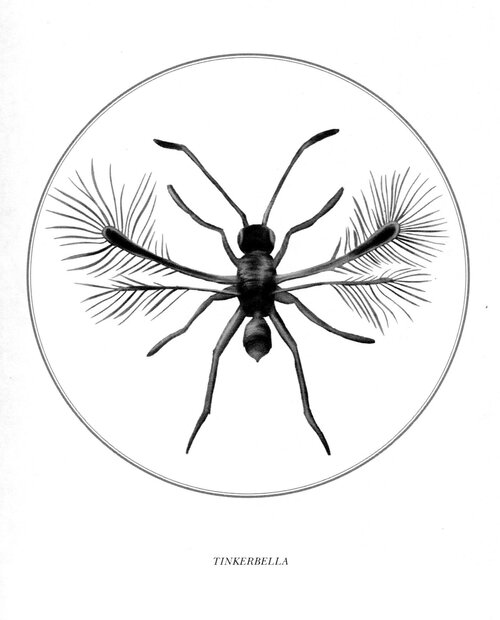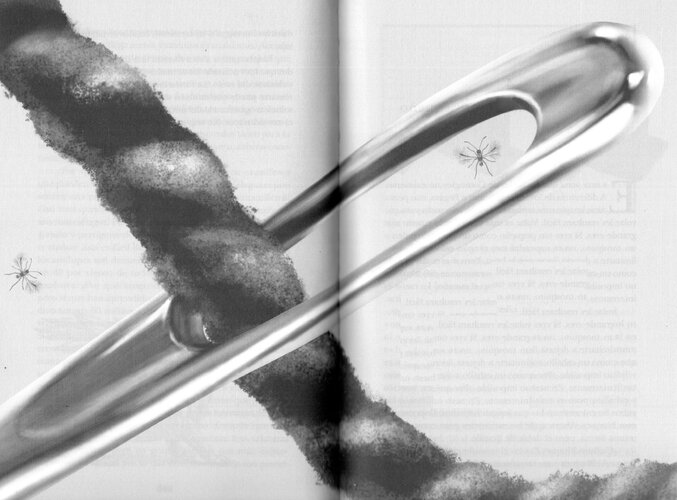This means that there are four necessary components in McLean’s explanation of lift: a downward turning of the airflow, an increase in the airflow’s speed, an area of low pressure and an area of high pressure.
But it is the interrelation among these four elements that is the most novel and distinctive aspect of McLean’s account. “They support each other in a reciprocal cause-and-effect relationship, and none would exist without the others,” he writes. “The pressure differences exert the lift force on the airfoil, while the downward turning of the flow and the changes in flow speed sustain the pressure differences.” It is this interrelation that constitutes a fifth element of McLean’s explanation: the reciprocity among the other four. It is as if those four components collectively bring themselves into existence, and sustain themselves, by simultaneous acts of mutual creation and causation.
There seems to be a hint of magic in this synergy. The process that McLean describes seems akin to four active agents pulling up on one another’s bootstraps to keep themselves in the air collectively. Or, as he acknowledges, it is a case of “circular cause-and-effect.” How is it possible for each element of the interaction to sustain and reinforce all of the others? And what causes this mutual, reciprocal, dynamic interaction? McLean’s answer: Newton’s second law of motion.
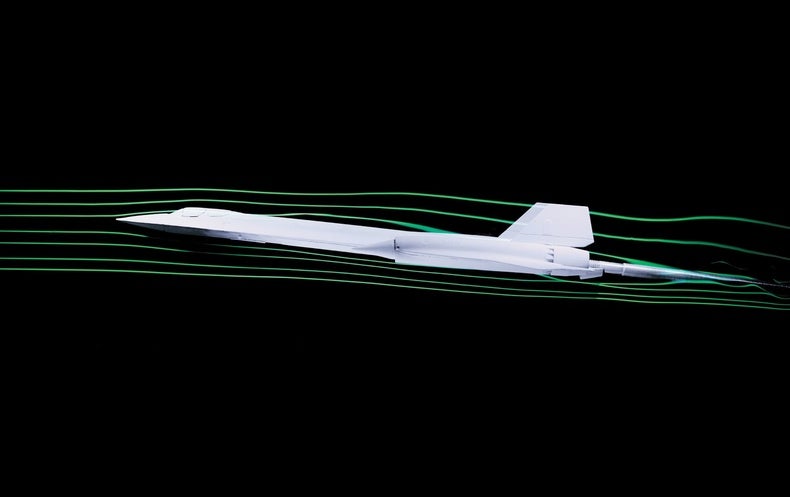
 www.scientificamerican.com
www.scientificamerican.com


